The bottlenose dolphin (Tursiops truncatus) has become one of the most familiar marine mammals along the United States coastline. From the chilly waters of the Northeast to the tropical currents of Florida, and from the Gulf of Mexico to the Pacific shores of California, these charismatic cetaceans have established themselves as a common sight for coastal communities and visitors alike. Their prevalence is no accident—it results from a remarkable combination of biological adaptability, behavioral flexibility, and ecological factors that have allowed bottlenose dolphins to thrive in the diverse marine environments surrounding the United States. This article explores the numerous reasons behind their widespread distribution and abundance along American shores, offering insight into why these intelligent marine mammals have become such a ubiquitous and beloved feature of our coastal waters.
Adaptable Habitat Preferences

Bottlenose dolphins demonstrate exceptional versatility in their habitat selection, which significantly contributes to their widespread presence along U.S. coasts. These adaptable marine mammals can be found in virtually every type of coastal marine environment, from shallow estuaries and bays to open ocean waters. They thrive in both warm tropical waters off Florida and Hawaii and cooler temperate zones near New England and the Pacific Northwest, showing remarkable tolerance for different temperature regimes.
Unlike more specialized marine species, bottlenose dolphins don’t require specific habitat conditions to survive. They navigate seamlessly between different coastal ecosystems, including seagrass beds, sandy bottoms, rocky reefs, and deeper offshore waters. This ecological flexibility allows them to exploit food resources across various environments and adapt to seasonal changes in water conditions, making them successful inhabitants of nearly the entire U.S. coastline. Their ability to utilize such diverse habitats has been instrumental in establishing stable populations in regions where other dolphin species might struggle to maintain a consistent presence.
Diverse and Opportunistic Diet

The dietary flexibility of bottlenose dolphins plays a crucial role in their widespread distribution along American coasts. These opportunistic feeders consume a remarkably varied diet, primarily consisting of fish, squid, and crustaceans. Research has documented bottlenose dolphins consuming over 70 different prey species across their U.S. range, demonstrating their ability to adapt their feeding strategies to locally available food sources. This dietary adaptability means they can thrive in coastal areas with vastly different marine food webs.
Bottlenose dolphins employ numerous sophisticated hunting techniques that further enhance their feeding success. They’ve been observed using cooperative hunting strategies, herding fish against barriers, stirring up seafloor sediment to trap prey, and even following fishing vessels to capitalize on discarded catch or disturbed fish. Some populations have developed culturally transmitted specialized feeding behaviors unique to their region, such as “strand feeding” in South Carolina and Georgia, where dolphins temporarily beach themselves to catch fish they’ve herded onto mudflats. This remarkable feeding plasticity ensures they can find sufficient nutrition in virtually any coastal environment, supporting their presence throughout U.S. waters.
Social Structure and Population Dynamics

Bottlenose dolphins maintain a complex social structure known as a “fission-fusion” society, where group composition changes frequently while maintaining long-term social bonds. This dynamic social organization provides significant advantages for coastal living. Groups typically range from 2-15 individuals in coastal habitats, though they can form larger aggregations of over 1,000 dolphins in offshore waters. This flexibility in group size allows bottlenose dolphins to optimize their social structure based on habitat conditions, predator presence, and resource availability—all factors that vary considerably along different sections of the U.S. coastline.
Their reproductive strategy also contributes to their coastal success. Female bottlenose dolphins typically give birth every 3-6 years, with calves remaining dependent for 3-6 years while learning complex hunting and social skills. This extended maternal care and social learning period ensures young dolphins acquire the necessary skills to survive in their specific coastal environment. With a potential lifespan of over 50 years in the wild and relatively few natural predators in most coastal areas, established dolphin communities can maintain stable populations for generations, contributing to their persistent presence along U.S. shores. Their social intelligence and long lifespans allow accumulated knowledge about local environments to be passed down through generations.
Cognitive Abilities and Behavioral Flexibility

The remarkable intelligence of bottlenose dolphins underpins their successful adaptation to diverse coastal environments throughout the United States. These marine mammals possess brain-to-body mass ratios second only to humans, facilitating complex problem-solving abilities and innovative behaviors. Their advanced cognitive capabilities enable them to develop sophisticated foraging techniques specific to local environments, learn from observation, and even use tools—such as the documented cases of dolphins in Florida’s Shark Bay using sponges on their rostrum to protect themselves while foraging on the seafloor.
This cognitive flexibility translates directly to behavioral adaptability in changing conditions. Bottlenose dolphins can quickly adjust their movement patterns, social groupings, and feeding strategies in response to environmental shifts, whether natural or human-induced. Research has shown coastal dolphin populations altering their behavior in response to changing water temperatures, shifting prey distributions, varying levels of boat traffic, and even acoustic disturbances. Such adaptability has proven particularly valuable as coastal environments face increasing anthropogenic pressures, allowing bottlenose dolphins to persist in areas where more behaviorally rigid species might struggle. This capacity for behavioral innovation has been a key factor in their continued presence along heavily developed and busy U.S. coastlines.
Geographic Distribution Patterns
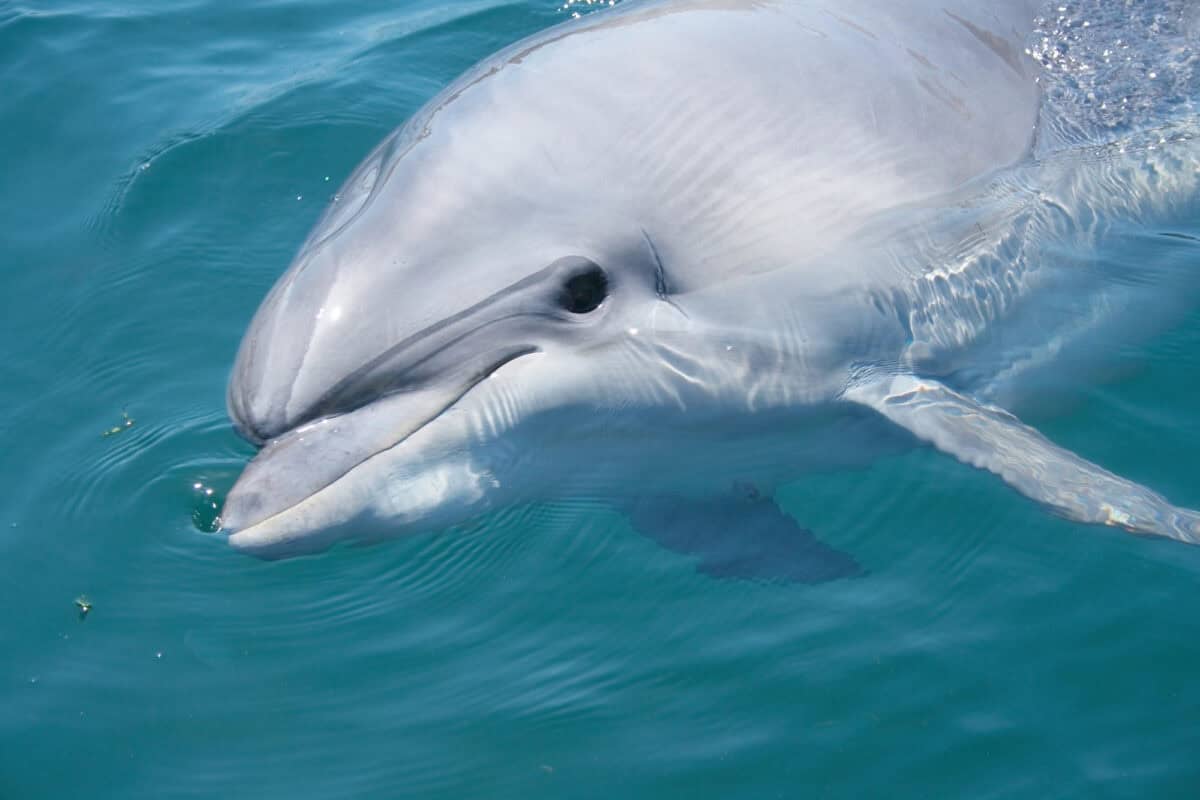
Bottlenose dolphins maintain a near-continuous presence along both the Atlantic and Pacific coasts of the United States, with particularly notable concentrations in certain regions. Along the Atlantic seaboard, substantial populations inhabit the waters from New Jersey through Florida, with especially high densities in the protected waters of Chesapeake Bay, North Carolina’s Outer Banks, South Carolina’s lowcountry, and throughout Florida’s extensive coastline. The Gulf of Mexico supports some of the largest U.S. bottlenose dolphin populations, with significant concentrations in the Mississippi Sound, Galveston Bay, and the sheltered waters of Florida’s Gulf Coast.
On the Pacific side, bottlenose dolphins are common from southern California through the Baja peninsula, with established populations in San Diego Bay, Santa Monica Bay, and Monterey Bay. While less abundant in the colder waters of the Pacific Northwest, seasonal populations can still be found as far north as Washington state during warmer months. This extensive geographic distribution is facilitated by the existence of both coastal and offshore ecotypes—genetically distinct populations adapted to different habitats. Coastal ecotypes typically remain within a few kilometers of shore, while offshore populations range much further, sometimes hundreds of kilometers from land. This ecological diversification has allowed bottlenose dolphins to effectively occupy virtually every suitable habitat niche along the entirety of the U.S. coastline.
Physiological Adaptations
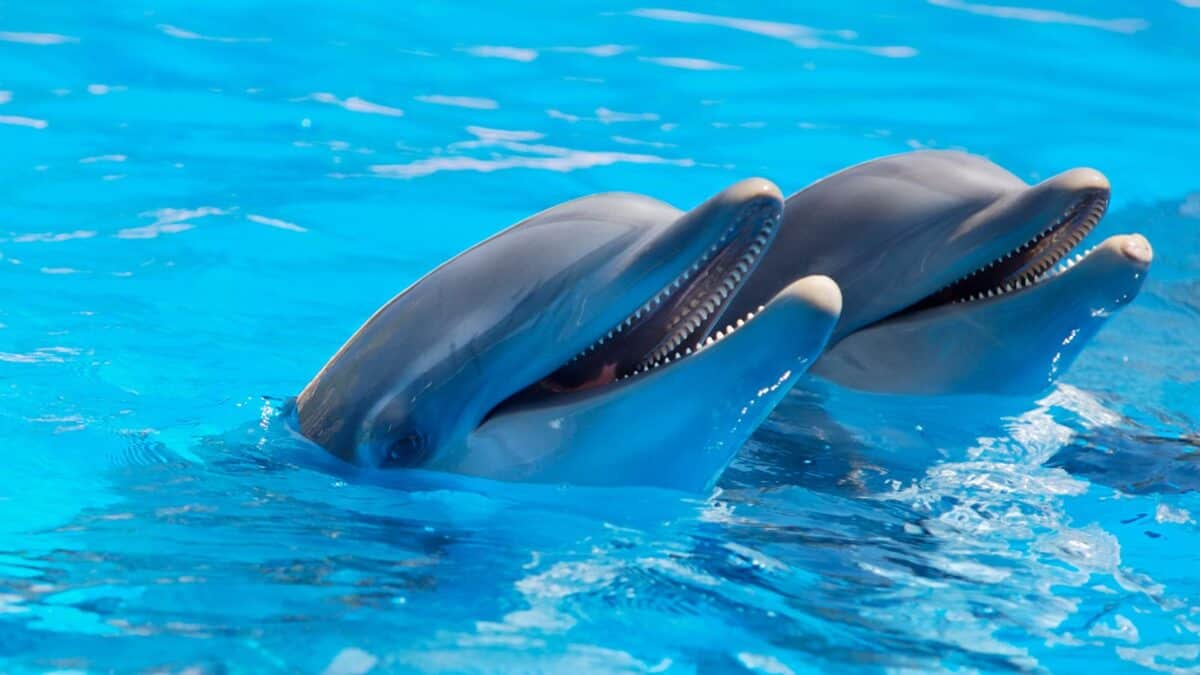
Bottlenose dolphins possess remarkable physiological adaptations that enable them to thrive in the variable conditions of U.S. coastal waters. Their streamlined bodies, with torpedo-shaped torsos and powerful flukes, allow for efficient swimming at speeds up to 22 mph while using relatively little energy during routine travel. This locomotor efficiency permits them to patrol large coastal territories and respond quickly to changing prey distributions or environmental conditions. Their specialized blubber layer provides not only insulation but also serves as an energy reserve and contributes to buoyancy control, allowing them to adapt to seasonal temperature fluctuations that characterize many U.S. coastal regions.
Their respiratory system is equally well-adapted to coastal living. Bottlenose dolphins can exchange up to 90% of the air in their lungs in a single breath (compared to about 15% in humans), making their breathing extraordinarily efficient. This allows them to remain submerged for 8-10 minutes when necessary while hunting or avoiding threats. Their specialized kidneys efficiently process salt, enabling them to thrive in environments ranging from nearly fresh water in some estuaries to full-strength ocean salinity. These physiological adaptations collectively provide bottlenose dolphins with the versatility needed to inhabit the full spectrum of marine environments found along the extensive and diverse U.S. coastline.
Resilience to Human Activities

While many marine species have declined due to human coastal development, bottlenose dolphins have demonstrated remarkable resilience to anthropogenic pressures. Though certainly not immune to human impacts, they have shown greater adaptability than many other marine mammals to modified coastal environments. Research has documented established dolphin populations persisting in heavily developed areas including San Diego Bay, Galveston Bay, and Florida’s Intracoastal Waterway. Their ability to utilize human-altered habitats and even take advantage of certain human activities, such as following fishing vessels or foraging around artificial reefs and pier structures, has helped maintain their presence in increasingly urbanized coastal areas.
This resilience comes with important caveats, however. Bottlenose dolphins face numerous threats from human activities, including habitat degradation, noise pollution, vessel strikes, entanglement in fishing gear, and exposure to contaminants. While their adaptability has allowed continued presence in developed areas, research indicates these populations often show higher stress hormone levels, altered behavior patterns, and in some cases, compromised health. Their persistence despite these challenges speaks to their extraordinary adaptability, but their long-term success along U.S. coasts will depend on effective conservation measures that mitigate these anthropogenic impacts. Federal protection under the Marine Mammal Protection Act has played a significant role in maintaining viable dolphin populations even in heavily utilized coastal waters.
Coastal Residency Patterns

One of the defining characteristics of bottlenose dolphins along U.S. coasts is their diverse residency patterns, which contribute significantly to their ubiquitous presence. Researchers have identified three primary residency strategies among coastal populations: resident, seasonal, and migratory. Resident communities maintain consistent home ranges year-round in specific coastal areas, often developing specialized knowledge of local feeding grounds and establishing complex social networks. These resident groups become familiar fixtures in places like Florida’s Indian River Lagoon, North Carolina’s Pamlico Sound, and California’s Monterey Bay, where individual dolphins can be reliably observed in the same areas for decades.
Seasonal residents and migratory dolphins expand the species’ coastal distribution by occupying different areas throughout the year. These dolphins follow shifting prey resources or more favorable water temperatures, moving north during warmer months and south during winter along both the Atlantic and Pacific coasts. This movement creates a consistent dolphin presence even in regions where conditions aren’t suitable year-round. The overlap between resident populations, seasonal visitors, and migratory groups creates an almost continuous dolphin presence along most of the U.S. coastline. This diversity of residency strategies allows bottlenose dolphins as a species to maximize use of available coastal habitats under varying seasonal conditions while individual populations specialize in specific ecological niches.
Reproductive Success in Coastal Environments
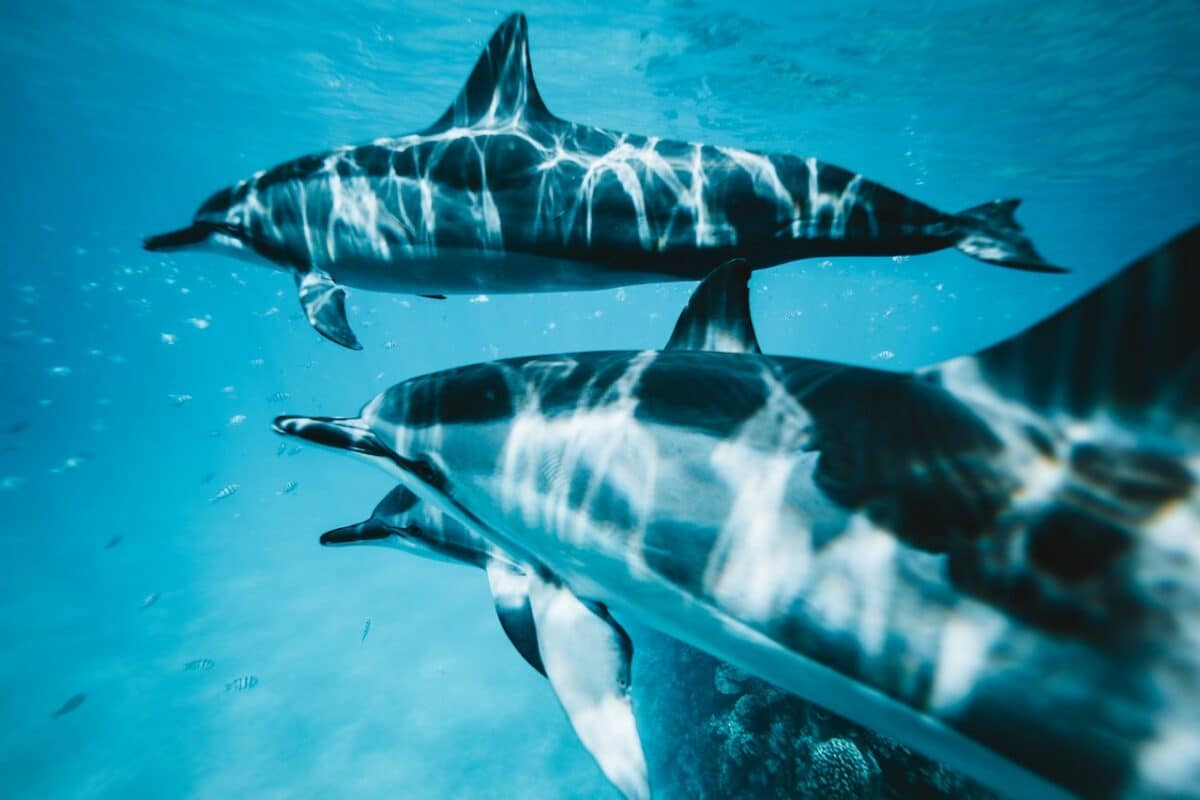
Bottlenose dolphins have established successful reproductive patterns well-suited to coastal environments, contributing to their prevalence along U.S. shores. Female dolphins typically reach sexual maturity between 5-13 years of age and can remain reproductively active for decades, potentially producing calves well into their 40s. This extended reproductive lifespan allows established coastal populations to maintain stable numbers even with relatively long intervals between births. Their gestation period of approximately 12 months and the strong mother-calf bond that continues for 3-6 years after birth ensures that young dolphins receive extensive parental care and learn vital skills specific to their local coastal habitat.
The protected nature of many coastal environments—such as bays, estuaries, and sheltered sounds—provides ideal nursery grounds for raising dolphin calves. These areas typically offer reduced predation risk, calmer waters, and consistent food resources that support the high energetic demands of lactation and calf development. Research in locations like Sarasota Bay, Florida, has documented multiple generations of dolphins using the same protected coastal areas as nursery habitat, demonstrating the success of this reproductive strategy. While calf mortality can be significant (ranging from 20-50% in the first year), the combination of long reproductive lifespans, dedicated maternal care, and utilization of protected coastal nursery areas has enabled bottlenose dolphins to maintain robust populations throughout suitable U.S. coastal habitats.
Historical Distribution and Population Trends
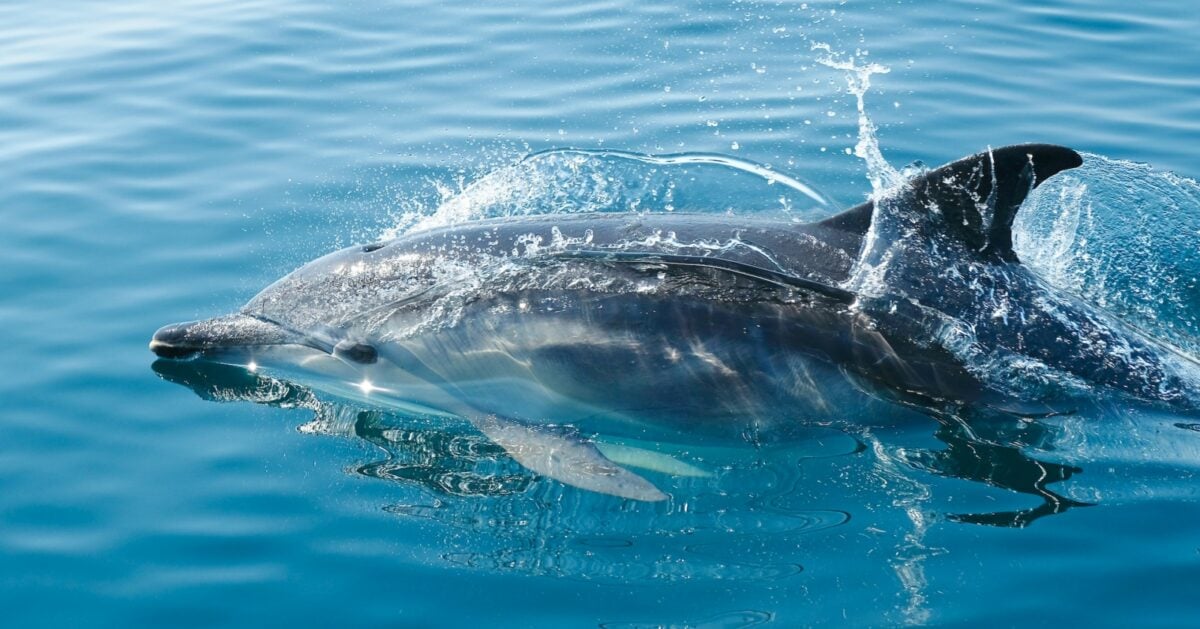
Bottlenose dolphins have maintained a consistent presence along U.S. coastlines for centuries, though their populations have fluctuated in response to both natural and anthropogenic factors. Historical records, including accounts from early European explorers and coastal settlers, indicate bottlenose dolphins were common along both Atlantic and Gulf coasts prior to significant European colonization. Archaeological evidence from indigenous coastal communities also suggests a long history of dolphin presence, with dolphin remains appearing in middens and ceremonial sites dating back thousands of years. This historical record indicates that bottlenose dolphins are not recent colonizers but rather long-established inhabitants of U.S. coastal ecosystems.
Modern population assessments conducted by NOAA Fisheries have identified at least 34 distinct stocks (management units) of bottlenose dolphins in U.S. waters, with total population estimates exceeding 70,000 individuals. While some regional populations have faced significant challenges—such as the unusual mortality events in the Indian River Lagoon or the impacts of the Deepwater Horizon oil spill in the Gulf of Mexico—the species’ overall presence along U.S. coasts has remained relatively stable in recent decades. This persistence contrasts with the significant declines seen in many other marine mammal species, further highlighting the bottlenose dolphin’s exceptional adaptability to changing coastal conditions. Long-term monitoring programs in locations like Sarasota Bay, Florida, which has studied resident dolphins since 1970, provide valuable insights into the remarkable stability of well-established coastal dolphin communities.
Cultural and Economic Significance
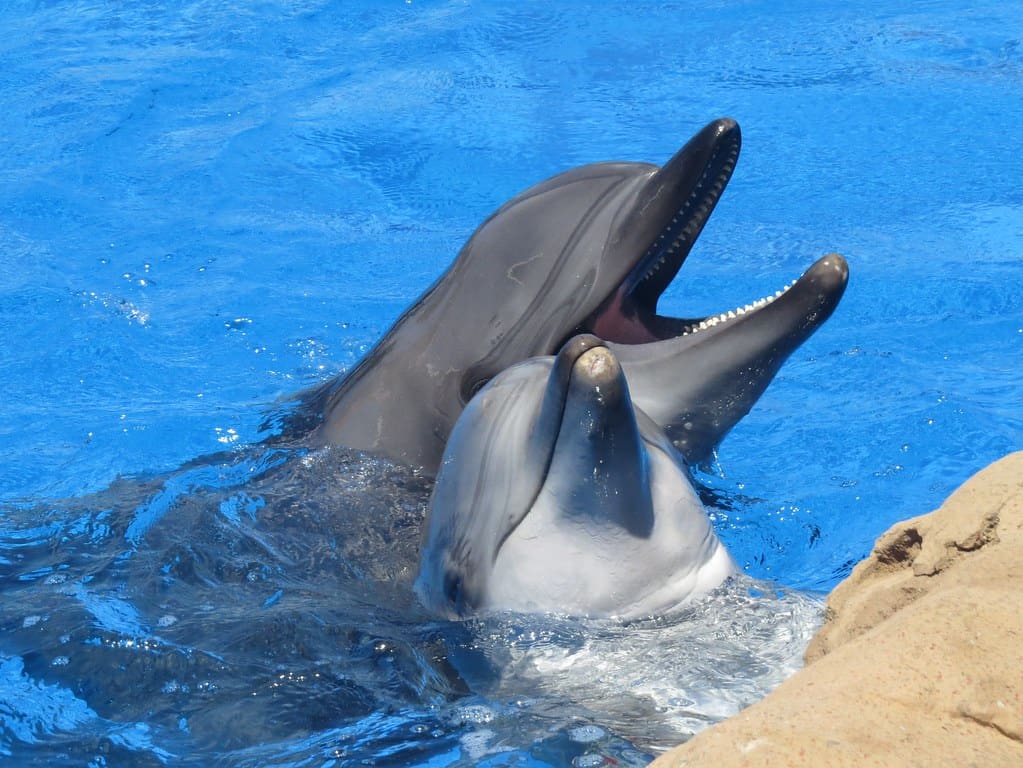
The widespread presence of bottlenose dolphins along U.S. coasts has profound cultural and economic implications that further reinforce their prominence. These charismatic marine mammals have become cultural icons in many coastal communities, featured prominently in local art, literature, and community identities. Coastal towns from Monterey, California to Beaufort, North Carolina have embraced dolphins as unofficial ambassadors, incorporating dolphin imagery into tourism materials, public art, and community events. This cultural prominence creates a positive feedback loop—as communities celebrate and protect their local dolphins, public awareness and appreciation for their presence increases.
Economically, bottlenose dolphins contribute significantly to coastal economies through wildlife tourism. Dolphin-watching tours operate in virtually every major coastal tourist destination, from San Diego to Hilton Head to Key West, collectively generating hundreds of millions of dollars annually in direct revenue and supporting thousands of jobs in coastal communities. Research by NOAA has estimated that marine mammal viewing, with dolphins as the primary attraction in many locations, contributes over $2 billion annually to the U.S. economy. This economic value provides tangible incentives for coastal communities to protect local marine environments that support healthy dolphin populations, creating a mutually beneficial relationship between these adaptable marine mammals and the human communities that share their coastal habitats.
Conservation Status and Future Prospects

The conservation status of bottlenose dolphins along the U.S. coast presents a complex picture. While the species as a whole is listed as “Least Concern” on the IUCN Red List, specific regional populations face significant threats. All U.S. bottlenose dolphins are protected under the Marine Mammal Protection Act, which has helped maintain their populations since its implementation in 1972. Several specific stocks, including those in California’s Monterey Bay and Florida’s Indian River Lagoon, are designated as “depleted” under the MMPA, triggering enhanced conservation measures. The primary threats to coastal populations include habitat degradation, chemical contamination, harmful algal blooms, entanglement in fishing gear, vessel strikes, and acoustic disturbance.
Looking toward the future, bottlenose dolphins face both challenges and opportunities along U.S. coasts. Climate change presents perhaps the most significant long-term threat, with potential impacts including shifting prey distributions, altered habitat conditions, and increased frequency of extreme weather events and harmful algal blooms. However, the demonstrated adaptability of bottlenose dolphins suggests they may be better positioned to adjust to changing conditions than many marine species with more specialized requirements. Emerging conservation approaches, including comprehensive ecosystem-based management, improved fishery practices, better regulation of coastal development, and enhanced water quality protections, offer hope for mitigating many current threats. With continued research, monitoring, and adaptive management, bottlenose dolphins are likely to remain a common and cherished presence along U.S. coastlines for generations to come.
Conclusion

The ubiquitous presence of bottlenose dolphins along the United States coastline represents one of the most remarkable success stories in marine mammal ecology. Once threatened by habitat degradation, pollution, and entanglement in fishing gear, these intelligent and adaptable creatures have demonstrated a notable capacity for resilience. Through concerted conservation efforts, including protective legislation, habitat restoration, and public awareness campaigns, bottlenose dolphin populations have not only stabilized but, in many areas, thrived. Their recovery serves as a compelling example of how science-based management and environmental stewardship can positively impact marine ecosystems. As sentinels of ocean health, the continued well-being of bottlenose dolphins is both a triumph and a reminder of our responsibility to safeguard the marine environments they call home.
- How Penguins Take Turns at Sea and Nest to Raise Chicks - August 9, 2025
- Dolphin Brains Compare to Those of Apes and Humans - August 9, 2025
- 14 Cutting-Edge Biotech Innovations That Will Shape the Future - August 9, 2025

